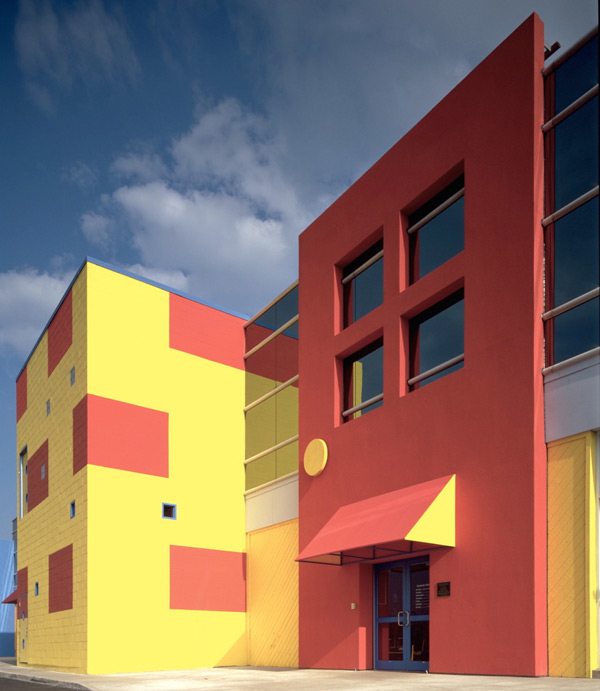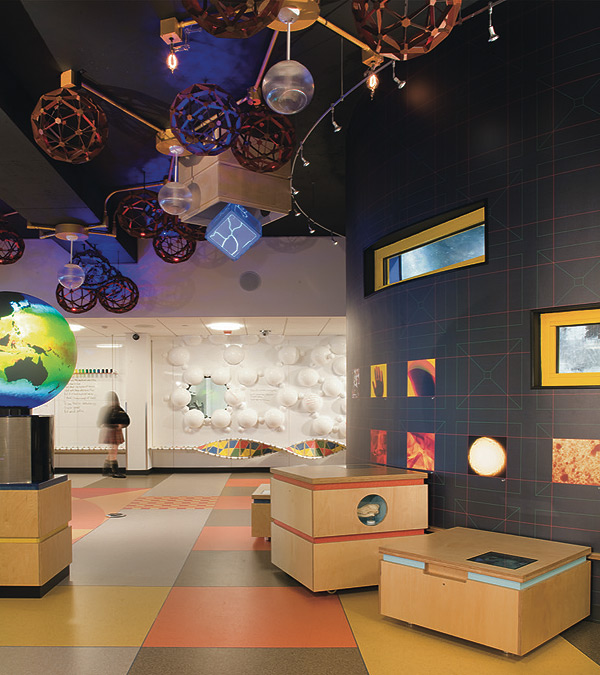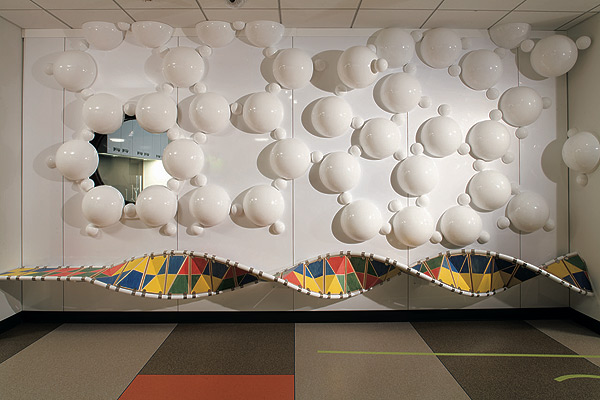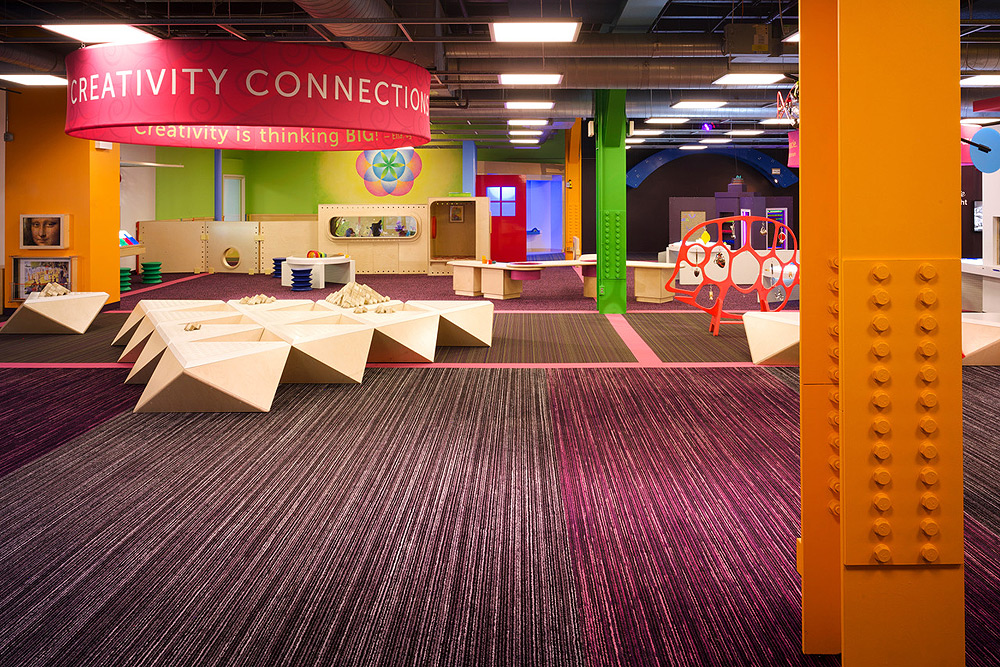Chicago has long been defined by its architecture—its iconic buildings define its skyline, and its architects, from Louis Sullivan to Jeanne Gang, have defined the city for the world. But architecture is more than tall towers; there's a space for the smallest among us.
That's the focus of Peter Exley, director-at-large of the American Institute of Architects, and the co-founder and director of architecture at Architecture is Fun in Chicago. Exley works with kids, clients, and communities to elevate the standards of design for learning and play environments. We spoke with Exley, who works with his wife Sharon at their office in Old Town, about what exactly that means.
What is Architecture is Fun?
It’s a design consulting practice. We are a full-service architecture firm, well known for creating places for play and learning. In Chicago, things people will recognize are the DuPage Children’s Museum and the Pritzker Family Children’s Zoo at Lincoln Park Zoo.

You seem to really have a goal to do social good. Is that something that you are consciously aware of?
I think it’s one of the things that differentiates the architect from the builder. The architect is somebody that is trained to bring value to a project. We worked on a project with The Latin School of Chicago a couple years ago. We tried to make their science department—for the lack of a better word—more cool and attractive and we think it’s a pretty successful project. One of the reasons we say that is that after it opened, there were 29 percent more girls signing up for AP Science subjects. A year later, tests scores were up more than 30 percent. You could just build a classroom, something fundamentally pragmatic, or you could infuse it with a little more creativity and respect for the curriculum.
The fact that you know those stats is interesting to me. It shows that you have a concern about that.
Every day we are looking at data. It’s one of the responsibilities for commissioning buildings. Reporting energy use in the city of Chicago so it’s part and parcel of everyday life. I think architects have a lot of tools where we can use models to be predictive and to use predictive analytics as part of the design process.

Chicago is home to a lot of famous architects. What would you say the main difference between the founding architects like Louis Sullivan and the architects of today? Are the issues today things that they even knew or thought about?
After the Chicago Fire, architects descended on the city to rebuild it. At the time, they were working with the latest technologies. The invention of the elevator for instance. Electricity was becoming more prevalent so it permitted new things to happen in architecture that weren’t happening anywhere else.
I think we are sort of doing the same thing here in Chicago today. We are leveraging those technologies. The buildings are different, the materials are different. Things are more efficient. We able to do more complex things these days because we have software tools that help us coordinate with the construction process.
You’re also collaborating with civic leaders on creative solutions for environmental and sustainable challenges. Can you give an example?
For the DuPage Children’s Museum we worked closely with [former Naperville] Mayor George Pradel. The aspiration with that project was to keep the museum in the downtown area. To have it accessible to the train line and to main street in Naperville and have it become an economic catalyst. The collaboration was critical. That’s one instance of that. You could look at the relationship between Mayor Emanuel and Carol Ross Barney with the Riverwalk for instance. That’s a remarkable civic partnership where an architect has been critical to the success of it.

Are you working on anything of note right now?
We are currently working on a few museum projects around the country right now. We just finished a lighthouse maritime museum in Saint Augustine, Florida. We are also working with Martyrs' on the North Side to help them enter the twenty-first century with their music venue.
Where do you think Chicago ranks as compared to other cities as far as being progressive with architecture?
I always say that we are the epicenter of architecture. There’s a great deal of innovation happening. Obviously, we’d like to see more and more civic collaboration. We’d like to see more architects at the table with initiatives like Amazon and at the table with innovation and education with schools. Not to say they aren’t there already, but it would be great to see more, and more future thinking from the city. We are a progressive and competitive city, but we cannot sit on our laurels.



